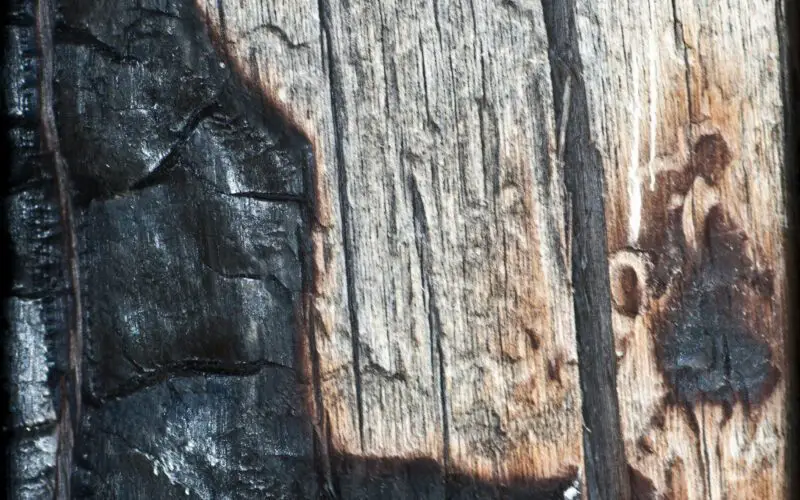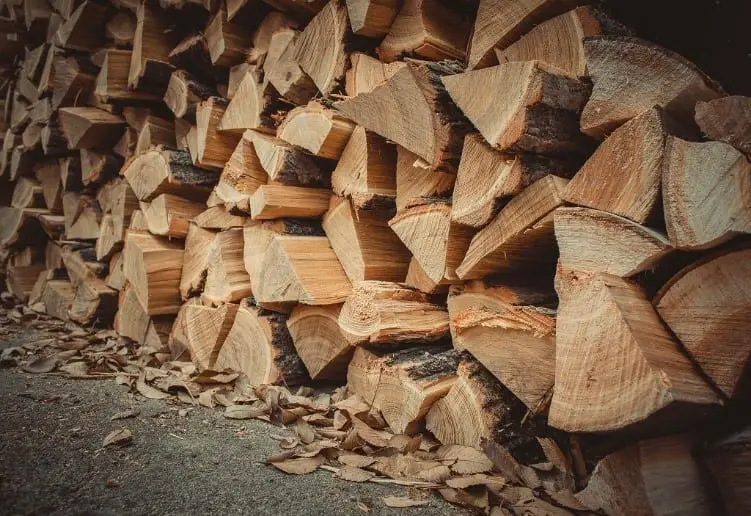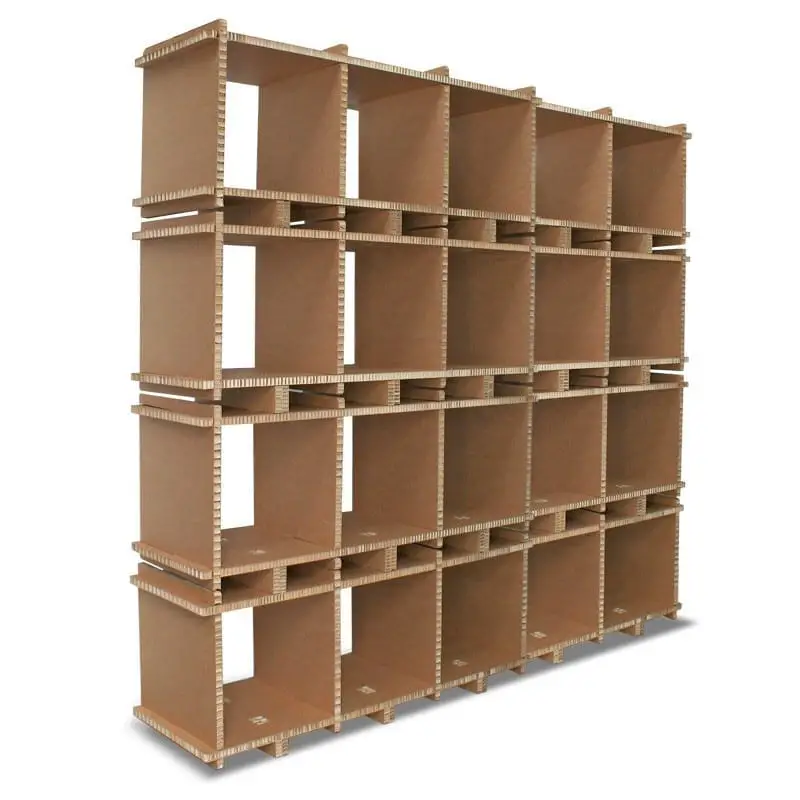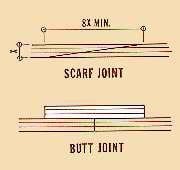What is ‘Soot’?
Soot is composed of microscopic particles made of carbon that are produced when fossil fuels are burned inefficiently. Acids, metals, dust, chemicals and soils are all found in soot. Such particles have an unpleasant appearance and a bad odor.,
Soot from a fire spreads throughout the home, clinging to surfaces. As a result, if the soot is not cleaned quickly, the corrosive qualities of soot can cause severe harm to your property and indoor environment.
Even if there was no fire, soot can infiltrate your property. Overuse of candles might result in soot accumulation, so use them carefully (they are also a fire risk). If a fireplace isn’t properly aired, it can also produce soot. When a furnace produces a blow back, it is also a generator of soot pollution.
When fossil fuels are used for commercial reasons, soot is emitted. Soot’s chemical constituents have a significant negative impact on the environment. In your home, soot has a similar effect, degrading indoor environment and leaving scents and spots behind.
Why is Soot Hazardous?
Particle intake is estimated to cause 20,000 fatalities in the United States each year, according to statistics. Several of them are caused by soot related disorders. Furthermore, soot exposure results in 300,000 affected by asthma and 2 million missed workdays per year owing to respiratory issues.
Ingestion, inhalation, and skin and ocular contact are all ways for soot to enter your body. Heart disease, pneumonia, asthma, and sometimes even cancer can all be caused by these harmful particles. The most vulnerable are the elderly, infants, and those who already have respiratory issues.
After a home fire, make sure all areas covered in soot are cleansed and disinfected to reduce health concerns from soot intake.
Initial Steps
Identifying the sort of surface you’re working with is the first step in cleaning off soot. Cleaning all surfaces using the same means is not possible. Because certain materials are often more porous than some others, soot may seep underneath the surface. Chemical methods may harm other materials, and your cleaning efforts may exacerbate the problem. The first and foremost step in clearing soot from any surface is to remove the free particles with a powerful vacuum cleaner.
Depending on the size of the area and the amount of dried soot, you might alternatively use a woolen duster. These should trap any soot particles that fly up from the areas you’re cleaning from the air. Adhere to dry cleaning procedures at this point. Using water at this time might smear the soot and leave a dark black mark. Soot may be readily removed once it has dried.
Following fire and soot disruption, many objects may be cleaned, therefore your initial focus should be determining the most effective method of remediation. You’ll want to ensure you have enough people to do this task while also taking care of the more crucial components of cleaning. It is critical to assess the total cleanup project in order to do it correctly. You must determine which objects must be cleaned immediately and which could wait.
In short, you should eliminate any dried up soot particles first, then switch to the scrubbing brush.
How to Clean Soot off Wood
FINISHED WOOD
A protective layer added to finished wood to give it a polished appearance. A brush or a higher particulate vacuum should be used to clean it. Before you start cleaning further into the wood, the pair will gather up dried soot. There are vacuum cleaners designed specifically for this purpose.

Materials:
- A sheet
- Furniture polish
- A towelling cloth
- A dry sponge
- A scrubber made of steel wool
Method
Step 1:
Cover the floor with a cloth or an older sheet before you begin. Or you can clean the item outdoors and thus will not have to worry about ruining your flooring.

Step 2:
Wipe any fine soot and dirt fragments from the wooden surface with a dry sponge.

Step 3:
Apply furniture repair polish to the entire afflicted wood surface. Using Restore It Cream is highly advised. If you leave the cream on the wood for longer than 5 to 10 minutes, it might harm it permanently. To minimize overexposure, work in portions on a major piece of furniture.

Step 4:
Use the steel wool scrubber and lightly buff the cream restorer into the wood. When cleaning the surface, always go in the direction of the grain of wood. Going opposite will result in a faded and scraped surface.

Step 5:
With a towelling cloth, brush away the cream and any residual. Make sure all the cream has been wiped off clean.

Step 6:
Wrap up the cleaning by polishing the surface of the wood with a dry cloth.
UNFINISHED WOOD
Unfinished wood has a varied texture than that of finished wood. Just few moments post the fire, the soot deposit will lodge itself into the wood. You must use a freshener spray designed to eliminate the lingering stench of soot on the wood. Next, use a suction hose to remove the soot.

Materials:
- A soot erasing sponge
- A vacuum cleaner with additional attachments
Method
Step 1:
Vacuum the surface using an upholstery cleaner attachment.

Step 2:
Use the soot erasing sponge on the wood surface and clear out the remaining soot. Simply rubbing the sponge over the surface should be enough. The sponge should not be twisted or wrung. The chemicals within may be disturbed as a result of this.

Step 4:
When it comes to removing soot from unfinished floors, there are just a few items that may be used. If some stubborn stains refuse to come off, then you may have to redo it completely.
If you’re not sure how a method of cleaning or a product will affect the wood, test it on a tiny concealed area first. Choose an alternate procedure if there is any warping or discoloration. It is safe to proceed if the test region goes smoothly.
Other Methods
Tidying up after a fire is usually a multi – step operation that necessitates the use of the appropriate soot cleaners. Although many name-brand items are accessible, industrial and commercial grade items may be offered in bigger quantities or at cheaper prices. Since you might utilize a large quantity of some items, ordering in large quantities may be more cost – efficient.
Scrubbing Melamine Sponge
Scrubbing Melamine sponges, which are similar to soot cleaning sponges, are frequently sold as miraculous filth removing sponges. They are powerful soot removers for wood and walls, as well as elminators of grime and stains. Scrubbing Melamine sponges, unlike other sponges, contain cleansers and may be used both damp and dry.

By soaking a melamine sponge in a 1⁄4 cup of water, a tsp of borax soap and a tbsp of baking soda you can produce your own magic cleaning sponge. Let the sponge to absorb the liquid for a few minutes before wringing it out until it’s barely moist. Scrubbing sponges made of melamine may be found at hardware stores.
Wood Cleaner with an Oil Base
Oil-based wood cleaners, often known as oil soaps, are good in gently clearing soot from both finished and untreated wood. Dilute according to the manufacturer’s directions, then clean the wood with a soft sponge or microfiber cloth.

Oil soaps should not be allowed to seep into unfinished woods because they may discolor them. To avoid scratches, cleaning polished wood should always be done in the same direction as the grain. Oil soap wood cleaners are available at large merchants and hardware stores.
Degreaser
Another effective soot remover is household cleansers with a degreaser. Degreasers work best on thick, greasy soot stains like those caused by cooking or grease fires. Gritty cleaners should be avoided since they can harm wood and paint. Degreasers can be used on wood, but they’re best for cleaning soot from walls and ceilings.

Clean the walls with a gentle sponge or a microfiber cloth after mixing the degreaser with little warm water. While some pressure should be applied, avoid scraping too hard or the paint may be scraped away. Most large merchants and hardware stores have degreasers for removing soot.
White Vinegar
Among the most versatile cleansers is regular white vinegar. It can not only eliminate set – in nicotine traces, but it can also break down greasy soot stains. To remove soot off woodwork, walls or ceilings mix one portion of warm water with three portions of vinegar, then gently wipe with a clean sponge or microfiber cloth.

If you’re cleaning finished wood, don’t let the vinegar rest for too long. The vinegar simply takes a few minutes to taint the surface. Moreover, avoid using other vinegars, such as red white vinegar or apple cider vinegar, because they have stronger scents and may create spots of their own. White vinegar may be found at supermarkets and major retail stores.
Baking Soda
Baking soda is a multipurpose cleanser that may also be used to remove soot. To remove soot from wood and walls, use a microfiber cleaning cloth or a light sponge to softly rub the baking soda into the surfaces. Allow it to dry for a couple of minutes before brushing it clean with a moist towel.

Baking soda, has the potential to taint finished woods, so proceed with caution. Baking soda and vinegar are also recognized for their chemical interactions that cause foaming. Even though they might be good cleaners, they can sometimes be too harsh for soot stains.
You may restore wood to like-new condition by following the steps outlined above. To reverse the consequences of the damage, you must clean up the area as soon as possible. Cleaning soot off walls may be a difficult task. Consider hiring a restoration firm to restore the damage if you require assistance or have more than simply soot marks.









